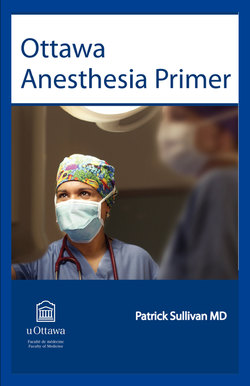Читать книгу Ottawa Anesthesia Primer - Patrick Sullivan - Страница 43
На сайте Литреса книга снята с продажи.
Medications:
ОглавлениеIntravenous medications must be prepared and labelled. Students should ask the anesthesiologist if they can assist. Some anesthesiologists may prefer not to delegate this task, following the principle that they will not give medications that they did not prepare. Preparing medications that are not used is both wasteful and expensive and should be minimized.
1 Medication errors can have serious consequences. They arise when:
2 A correct medication is given to the wrong patient.
3 The wrong medication is given to the right patient.
4 Medication allergies are not identified or checked before a medication is administered.
5 The medication concentration is miscalculated.
6 Look-alike and sound-alike medications are involved.
7 Care providers are distracted or hurried (medication errors are more prevalent at this time).
8 Infrequently used medications are given (medication concentration calculations are more prevalent as is the likelihood of an error).
Before administering any medications, confirm the patient’s identity and any known allergies. Common identified high-risk medications1 with potential serious consequences in the critical care setting include opioids, insulin, heparin, protamine, vancomycin, muscle relaxants, and vasoactive medications, such as phenylephrine and epinephrine. Students should ask their staff anesthesiologist why these medications are considered high-risk.
It is absolutely imperative to be cautious and conscientious when preparing medications.
Always:
Give your full attention to this task.
Avoid distractors (conversation, multi-tasking).
Label the syringe first.
Place the label at the volume that is to be drawn into the syringe.
For example, if 5 mL are to be drawn up, place the label at the 5 mL mark. If the drug is to be diluted, ensure the final concentration is written on the label. For example, ephedrine comes in vials of 50 mg∙mL-1, but it is commonly diluted to 10 mL, which equates to a concentration of 5 mg∙mL-1.
(One mL of drug with a concentration of 50 mg∙mL-1 when diluted to a volume of 10 mL = 5 mg∙mL-1).
